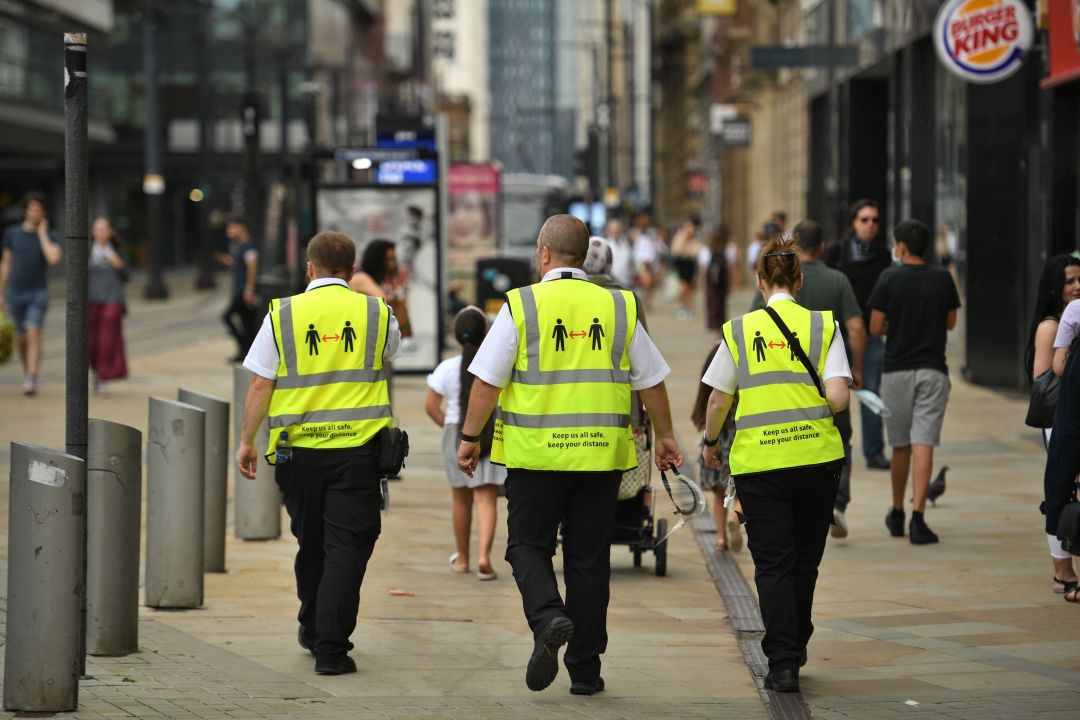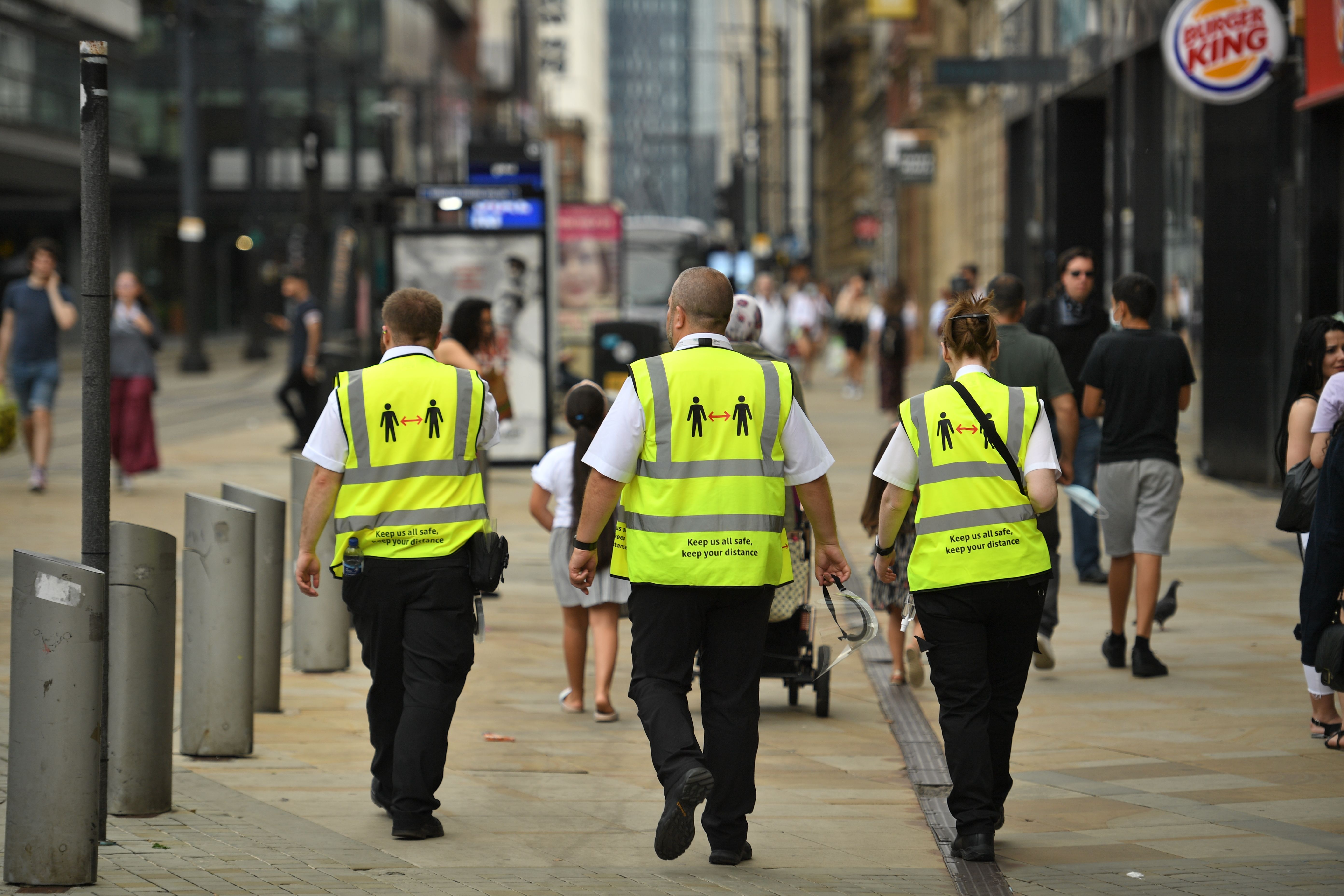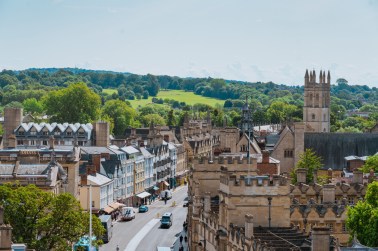In an effort to avoid another national lockdown at all costs, the government is relying on two tools: a comprehensive track-and-trace scheme and localised lockdowns. The first isn’t expected to be up and running until autumn at the earliest, after a series of setbacks and U-turns (the pains of which are already being felt, as infection rates have started to creep up). The second is arguably in full swing, as East Lancashire, Greater Manchester and parts of West Yorkshire join Leicester in having specific rules and restrictions imposed, due to fears of a rising R-number.
But are these really local lockdowns, or regional ones? The restrictions that came in at midnight on Friday have put two in five people residing in the North West under new lockdown measures – the impact of which is hardly localised. Some 5.6 per cent of the UK economy is now included in these local lockdowns – that is, more than £100 billion worth of economic activity that’s subject to stricter social distancing measures, or not allowed to operate at all.

Britain’s best politics newsletters
You get two free articles each week when you sign up to The Spectator’s emails.
Already a subscriber? Log in









Comments
Join the debate, free for a month
Be part of the conversation with other Spectator readers by getting your first month free.
UNLOCK ACCESS Try a month freeAlready a subscriber? Log in